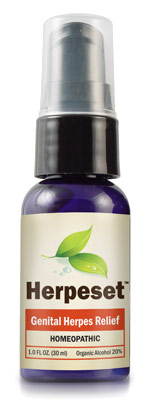Challenging the Stigma: Debunking the Embarrassment Surrounding Herpes
Herpes, a viral infection that affects millions of people globally, is often surrounded by misconceptions and stigma, making it one of the most misunderstood and unnecessarily embarrassing illnesses. In this article, we aim to shed light on herpes, its types, symptoms, transmission, and emphasize the importance of compassion and understanding.
Understanding Herpes
Herpes is a viral infection caused by the herpes simplex virus (HSV). There are two main types of herpes: herpes simplex virus type 1 (HSV-1) and herpes simplex virus type 2 (HSV-2). HSV-1 primarily causes oral herpes, commonly known as cold sores or fever blisters, which appear around the mouth or face. On the other hand, HSV-2 primarily causes genital herpes, characterized by sores or blisters in the genital area.
Symptoms and Outbreaks
Herpes symptoms can vary from person to person. Many individuals infected with HSV may not experience any symptoms or have very mild symptoms that go unnoticed. When symptoms do occur, they often include painful sores, blisters, or ulcers in the affected area. Other symptoms may include itching, burning sensations, swollen lymph nodes, and flu-like symptoms during the initial outbreak.
Herpes outbreaks tend to be sporadic and can vary in frequency and severity from person to person. While some may have frequent outbreaks, others may only experience one or two over their lifetime. Outbreaks are often triggered by factors such as stress, illness, fatigue, hormonal changes, or a weakened immune system.
Transmission and Prevention
Herpes is highly contagious and can be transmitted through direct contact with an active outbreak or through asymptomatic shedding of the virus. It is important to note that transmission can occur even when there are no visible symptoms. HSV-1 can be transmitted through oral contact, such as kissing or sharing utensils, while HSV-2 is primarily transmitted through sexual contact.
Prevention of herpes transmission involves several strategies, including:
Safe Sexual Practices: Consistently using barrier methods like condoms or dental dams during sexual activity can significantly reduce the risk of transmission.
Open Communication: Discussing your sexual health history with partners and having open, honest conversations about herpes can help in making informed decisions.
Medication: Antiviral medications prescribed by healthcare professionals can reduce the frequency and severity of outbreaks and lower the risk of transmission.
Hygiene Practices: Maintaining good personal hygiene, including regular handwashing, can help prevent the spread of herpes.
Addressing Stigma and Seeking Support
The stigma surrounding herpes often stems from a lack of understanding and fear of judgment. It is essential to challenge these misconceptions and foster a more compassionate and supportive environment for individuals living with herpes.
If you have been diagnosed with herpes, it is crucial to remember that you are not alone. Seek support from healthcare professionals, support groups, or online communities where you can connect with others who share similar experiences. Education and open discussions can help dispel myths and reduce the stigma associated with this common infection.
Conclusion
Herpes is a prevalent viral infection that affects millions of people worldwide. By understanding its types, symptoms, transmission, and prevention strategies, we can debunk the unnecessary embarrassment and stigma surrounding this condition. Let us promote empathy, education, and support for individuals living with herpes, fostering a more inclusive and understanding society.